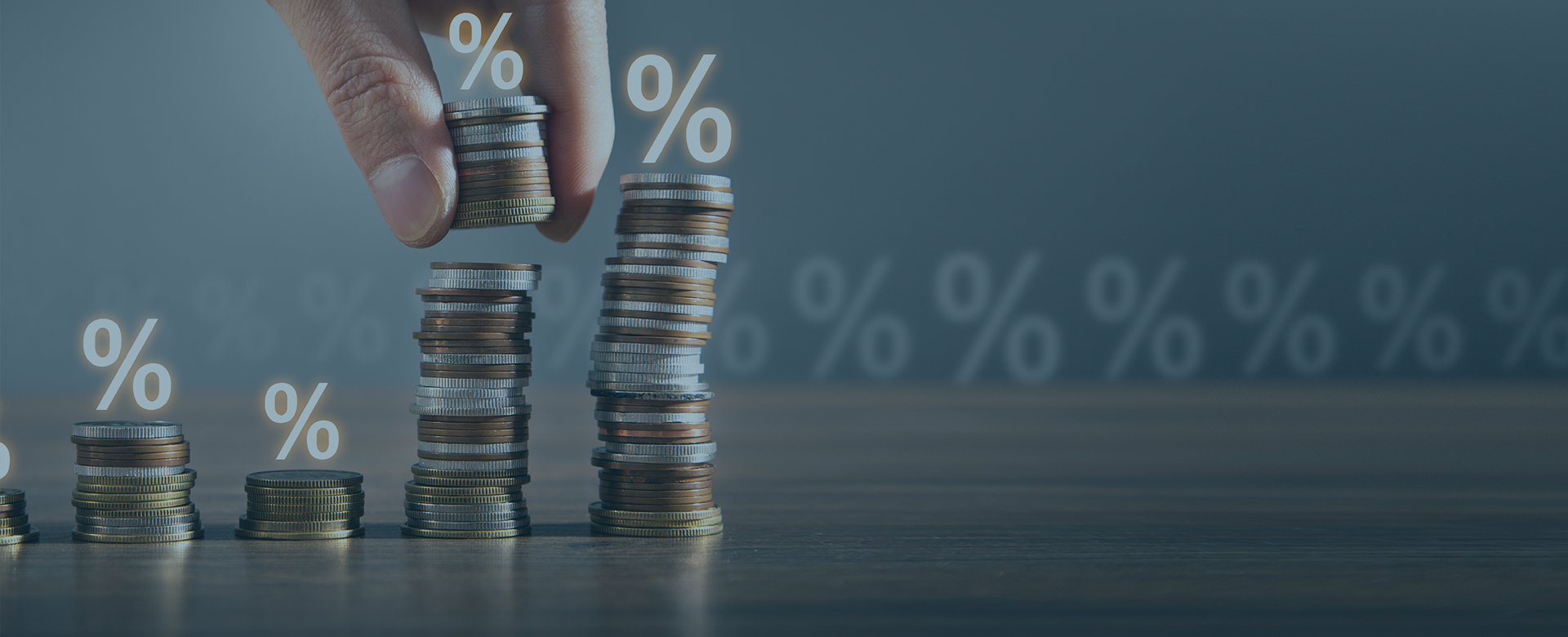Customer expectations are changing every day, and retailers must meet those expectations to survive and compete in the market. Retail analytics solutions will help brands understand their customers up close and comprehensively. Analysing the store data will allow retailers to plug operational gaps and transform their store into a sales powerhouse.
As businesses move towards increasingly data-driven environments, assuming that merely the presence of data is a silver bullet to resolve all business problems is a foolish proposition. For effectively using data, retailers require an equally robust BI analytics ecosystem that can cater to the enterprise’s needs. Given that the competition within the retail industry is already fierce, brands need that's factor to differentiate themselves from others.
Leveraging retail analytics solutions will allow brands to better understand customer preferences and purchase patterns, enabling smarter decisions. Furthermore, crunching visual merchandising data, basket size per customer, and offline to online sales ratio can give retailers a unified view of their store operations. With this in mind, let's look at how data analytics for retail can help companies compete better in the market:
-
1
Understand customer insights
Retail analytics gives brands a view into their customer's identity, buying journey, and behaviour. In-store retail analytics sheds a 360-degree light on the buyer's tastes and preferences. In addition to building rapport and laying the foundation for brand loyalty, analysing customer data can act as a window into the overall store experience provided by the brand. retail analytics solutions offer an accurate picture of what is working and what isn't. It tracks the customer response to a product, gauges how an in-store branding or marketing campaign improved the store sales and more.
-
2
Improving visual merchandising and marketing ROI
Customer behaviour is the most critical metric for retailers or vertically integrated brands. Data analytics for retail helps brands monitor the impact of in-store branding, visual merchandising, and promotions. They can evaluate the effectiveness of their store layouts, such as advertising areas and product areas. Furthermore, by analysing customer basket size, and time spent in one section, marketing strategies can be optimized. Retailers can also compare the data between two or more stores to assess overall branding strategies and accordingly optimize them for higher engagement.
Insights-driven visual merchandising: Using transaction or loyalty data, retailers can make informed decisions about pricing, promotions, and inventory management. They can also apply predictive analytics in retail to customer lifecycle management and marketing mix modeling.
Create a strong retail experience with our integrated retail audit and visual merchandising solutions. Leverage a cohesive mix of retail solutions from mystery shopping to BTL activations and fast-track your brand on to the path of optimum sales success.
-
3
Data-driven promoter management
Retail promoter quantity and staff qualifications are the most crucial components that influence customer satisfaction. Through retail analytics solutions, store managers can track busy areas and rush hours to accordingly relocate their staff. This will ensure that the in-store customers always have pleasant shopping experiences at the store. Also, trained in-store promoters can guide customers about the products in the right way and help them make an informed purchase. Retail analytics help track where store promoters spend their time, how many customers they interact with, and how many of them buys the product. In-store promoter management is crucial to delivering superior shopping experiences.
-
4
Improved inventory management
Streamlining the store warehouse and effective inventory management is one of the biggest operational challenges of modern-day retail. Be it making the right products available at the right time or ensuring online order fulfillment through stores; retail analytics can help make the factory-to-shelf journey more efficient and meaningful. Retailers can stay ahead of the supply-demand curve by studying purchase patterns and propensity. It also supports automation as retail analytics output can trigger rule-based actions in-store planogram software.
-
5
Optimize costs
A combination of smart inventory management, enhanced customer experience, improved visual merchandising, and capitalization on timely opportunities can help optimize costs in several ways. Whether it is launching an in-store branding strategy, streamlining promoter management, or maintaining stock at the warehouse- brands will find themselves in the driver's seat at every turn. This efficiency will help improve the overall ROI of the retail stores.
Snapshot
-
1
Retailers need a robust BI analytics ecosystem to effectively use their operational and customer data
Retailers need a robust BI analytics ecosystem to effectively use their operational and customer data
-
2
Retail analytics is the next big thing in retail that will optimize day-to-day store operations from online to offline
Retail analytics is the next big thing in retail that will optimize day-to-day store operations from online to offline
-
3
Brands should leverage advanced retail analytics to transform the in-store customer experience and drive more footfall
Brands should leverage advanced retail analytics to transform the in-store customer experience and drive more footfall
Conclusion
Retailers need a smart deployment of data-powered retail solutions to help them thrive and move ahead in the rapidly evolving marketplace. From visual merchandising to in-store branding and promoter management to inventory loss prevention, the benefits of in-store retail analytics spread across multiple operational aspects.
Read Responses
No Comments
Leave a Reply
Your email address will not be published.


